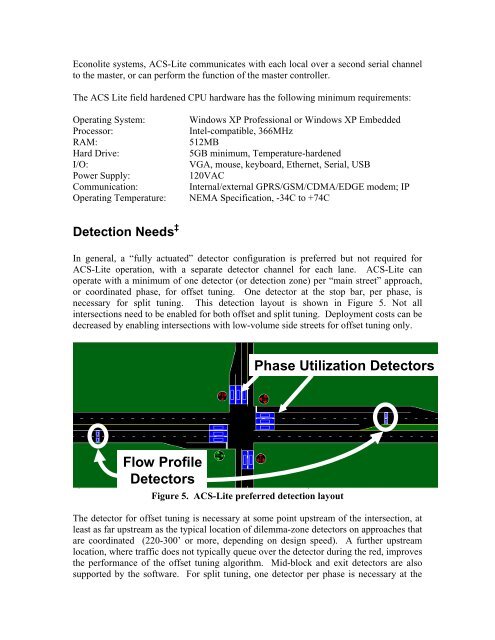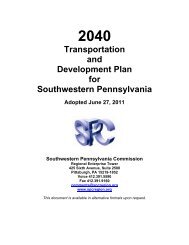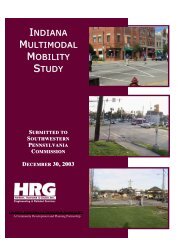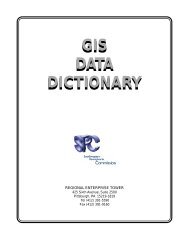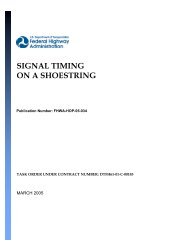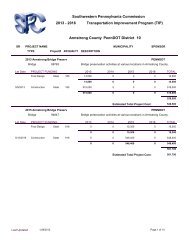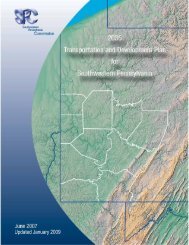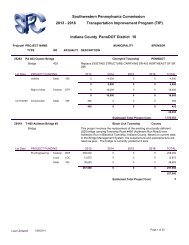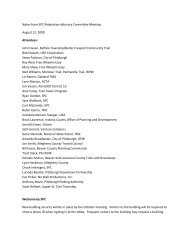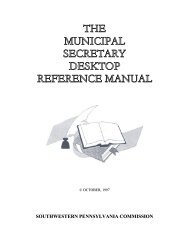Adaptive Control Software – Lite (ACS-Lite) Implementation Template
Adaptive Control Software – Lite (ACS-Lite) Implementation Template
Adaptive Control Software – Lite (ACS-Lite) Implementation Template
Create successful ePaper yourself
Turn your PDF publications into a flip-book with our unique Google optimized e-Paper software.
Econolite systems, <strong>ACS</strong>-<strong>Lite</strong> communicates with each local over a second serial channel<br />
to the master, or can perform the function of the master controller.<br />
The <strong>ACS</strong> <strong>Lite</strong> field hardened CPU hardware has the following minimum requirements:<br />
Operating System: Windows XP Professional or Windows XP Embedded<br />
Processor:<br />
Intel-compatible, 366MHz<br />
RAM:<br />
512MB<br />
Hard Drive:<br />
5GB minimum, Temperature-hardened<br />
I/O:<br />
VGA, mouse, keyboard, Ethernet, Serial, USB<br />
Power Supply:<br />
120VAC<br />
Communication:<br />
Internal/external GPRS/GSM/CDMA/EDGE modem; IP<br />
Operating Temperature: NEMA Specification, -34C to +74C<br />
Detection Needs ‡<br />
In general, a “fully actuated” detector configuration is preferred but not required for<br />
<strong>ACS</strong>-<strong>Lite</strong> operation, with a separate detector channel for each lane. <strong>ACS</strong>-<strong>Lite</strong> can<br />
operate with a minimum of one detector (or detection zone) per “main street” approach,<br />
or coordinated phase, for offset tuning. One detector at the stop bar, per phase, is<br />
necessary for split tuning. This detection layout is shown in Figure 5. Not all<br />
intersections need to be enabled for both offset and split tuning. Deployment costs can be<br />
decreased by enabling intersections with low-volume side streets for offset tuning only.<br />
Phase Utilization Detectors<br />
Flow Profile<br />
Detectors<br />
Figure 5. <strong>ACS</strong>-<strong>Lite</strong> preferred detection layout<br />
The detector for offset tuning is necessary at some point upstream of the intersection, at<br />
least as far upstream as the typical location of dilemma-zone detectors on approaches that<br />
are coordinated (220-300’ or more, depending on design speed). A further upstream<br />
location, where traffic does not typically queue over the detector during the red, improves<br />
the performance of the offset tuning algorithm. Mid-block and exit detectors are also<br />
supported by the software. For split tuning, one detector per phase is necessary at the


